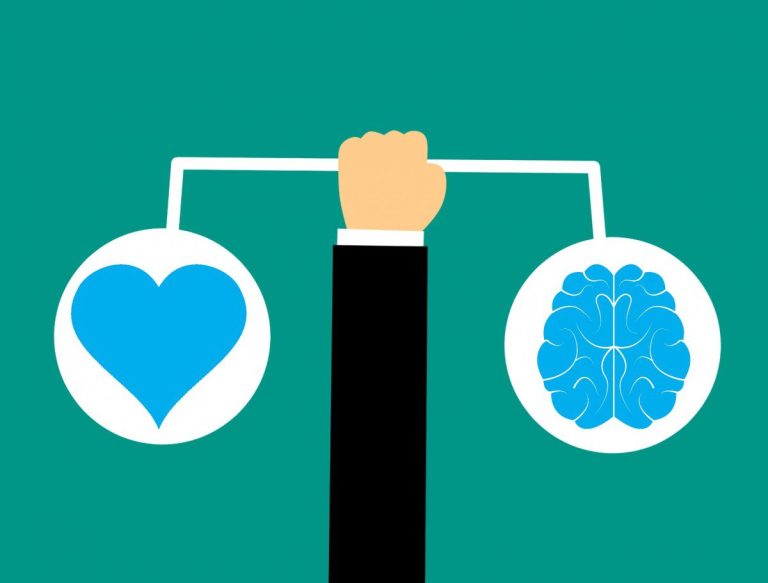The Difference Between Introverts and Extroverts
Have you ever struggled to figure out if you were an introvert or an extrovert in relation to the social aspect of your life? Have you ever wondered what the difference is between them? This article will explain the difference between the two personality traits.
Where did these personality traits come from?
For many years, personality theorists have tried to pinpoint how many personality traits exist among the depths of humanity. Earlier theories discovered 4,000 personality traits which were later compressed into a smaller number of personality factors, such as Raymond Cattell’s 16 personality factor theory (Cherry, 2021). These earlier personality theories were too complicated and therefore emerged the Big 5 Personality Traits (Feist, Feist, & Roberts, 2013).
The five personality traits mentioned are Openness, Conscientiousness, Extraversion, Agreeableness and Neuroticism (Costa & McCrae, 2003). In this article we will be placing focus on the personality trait of extraversion.
The trait of extraversion revolves around the concepts of sociability, excitability, emotional expressiveness, talkativeness and assertiveness (Cherry, 2021).
What are extroverts?
Extroverts are individuals who rate themselves high in extraversion. These people tend to figuratively charge themselves in social situations and are motivated to engage in social interaction. They find no difficulty in meeting new people and start conversations; they enjoy having the attention but also tend to speak without thinking (Cherry, 2021).
What are introverts?
Introverts are the social opposite. The rate themselves low in extraversion. These people tend to figuratively charge themselves in isolation. They tend to be more reserved and have a limited social circle. They prefer not being the centre of attention and feel easily exhausted after engaging in social interactions with people (Cherry, 2021).
The Middle
There are people who rate themselves in the middle between extroversion and introversion, these people are called ambiverts. Ambiverts share some qualities both from the introverted and extroverted side of personality traits. They are able to regulate according to the situation they are exposed to and find it easier to establish a balance (Goldman, 2018).
Despite being an introvert, extrovert or possibly an ambivert, everyone needs to have a level of social interaction with others and also time alone to reflect and think. Establishing a balance doesn’t necessarily mean having equal levels of time with people and with yourself. Different versions of a balance exist according to the needs of the person.
Lyon Vella is a Psychology graduate at the University of Malta and a Volunteer within Willingness Team.
References
Cherry, K. (2021, February 20). The big five personality traits. Verywell Mind. Retrieved from: https://www.verywellmind.com/the-big-five-personality-dimensions-2795422#:~:text=The%20five%20broad%20personality%20traits,how%20many%20personality%20traits%20exist.
Feist, J., Feist, G. J., & Roberts, T. A. (8th ed.). (2013). Theories of Personality. New York: McGraw-Hill Companies.
Goldman, R. (2018, November 6). 5 Signs That You May Be an Ambivert. Healthline. Retreived from: https://www.healthline.com/health/health-ambivert.
McCrae, R. R., & Costa, P. T. (2nd ed.). (2003). Personality in Adulthood: A Five-Factor Theory Perspective. New York: Guildford Press.







